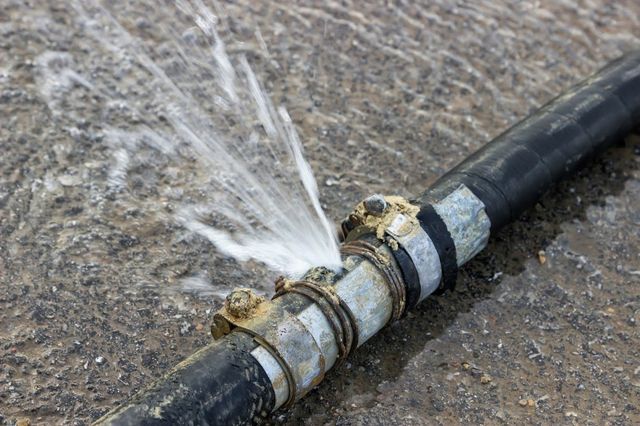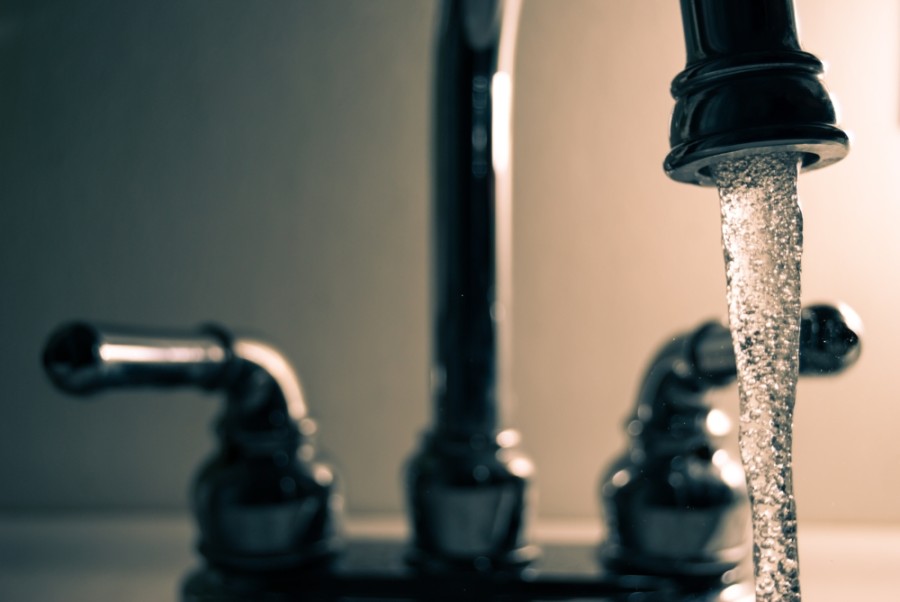Stop the Flood: Techniques for Detecting as well as Repairing Burst Pipes
Stop the Flood: Techniques for Detecting as well as Repairing Burst Pipes
Blog Article
Just how do you actually feel with regards to How to Install and Connect a New Dishwasher?

A ruptured pipe is a significant emergency; you can just stand as you view water you pay a lot to rejoin with the earth. In even worse instances, you observe a pool on your kitchen flooring, which is an excellent trip risk, specifically if you have youngsters around. If the pipe that burst remained in your walls, bad news: you might need to repaint that whole section.
How can a tragedy like a burst pipeline be stopped as well as managed? Well, by paying attention to your expert emergency plumbers and also complying with these regulations.
How do I recognize when my pipes have burst?
Changing water pressures
Pipelines do not just burst in a day. You might have discovered that your kitchen tap or shower does not run right away when you transform the faucet. It might pause for a couple of seconds and afterwards blast you with even more force than normal.
In other instances, the water might seem typical at first, then decrease in pressure after a few secs.
Wet walls and also water stains
Before a pipeline bursts, it will leakage, most times. If this consistent dripping goes undetected, the leak may finish into a broad tear in your pipeline. One very easy method to prevent this emergency is to look out for damp wall surfaces ad water discolorations. These water stains will lead you right to the leakage.
Puddles under pipelines and also sinks
When a pipeline ruptureds, the discharge creates a pool. It might show up that the puddle is expanding in dimension, and despite how many times you mop the pool, in a couple of minutes, there's one more one waiting to be cleansed. Often, you may not have the ability to trace the puddle to any type of noticeable pipes. This is an indication to call a specialist plumber.
Untraceable trickling noises
Pipe ruptureds can happen in one of the most undesirable places, like within concrete, inside walls, or under sinks. When your home goes quiet, you might be able to hear an aggravatingly relentless trickling sound. Also after you have actually examined your shower head and also kitchen tap, the leaking might proceed.
Beloved reader, the dripping may be coming from a pipeline inside your wall surfaces. There isn't much you can do concerning that, other than tell an expert plumber.
Turn off the Water
When water freezes, it broadens in quantity by concerning 9 percent. And it expands with remarkable force: The pressure inside pipes may go from 40 pounds per square inch to 40,000 psi! No pipe can hold that much pressure, so it breaks open. The break might take place where the ice kinds, yet regularly, it happens where water stress discovers a vulnerable point in the pipe. That might be inches or perhaps feet from the icy location. Discover the water shutoff valve as well as turn off the water to prevent even more damages. You could likewise need to shut off the electrical power as well, depending on where the leakages happens and how large it is.
Infected water
Lots of people presume a burst pipeline is a one-way electrical outlet. Rather the contrary. As water drains of the hole or gouge in your plumbing system, contaminants locate their method.
Your water may be contaminated from the resource, so if you can, inspect if your water tank has any issues. However, if your alcohol consumption water is provided and purified by the local government, you ought to call your plumber quickly if you see or scent anything funny in your water.
What do I do when I detect a burst pipeline?
Your water meter will remain to run even while your water wastes. To decrease your losses, discover the main controls as well as turn the supply off. The water mains are an above-ground structure beside your building.
How to Fix & Detect a Leaking Pipe
How Do I Know if a Pipe is Leaking?
Leak detection tests can help you determine if your pipe has a leak. Even if you don’t see an apparent leak, you should still conduct leak detection tests regularly to save water and money—and prevent major damage to your home.
Water meter. It can be helpful to figure out what your usual water meter usage numbers are and then monitor them regularly. To monitor your meter, first, turn off all water faucets in your home. Check the meter and write down the numbers. In a few hours, check the meter again. If the numbers have changed, you have a leak. Water gauge. Use a water gauge to test your water pressure. Your showerhead should produce a certain amount of water pressure based on its model and design. If the pressure is lower than it is supposed to be for that specific showerhead, your home likely has a leak. Puddles. Look inside your bathroom, laundry, and kitchen sink cabinets. Puddles around the cabinets or around toilets, tubs, showers, and washing machines indicate the presence of a leaking pipe. You may also notice loose tiles, peeling or flaking paint, or mold caused by water accumulation. Napkin test. Even if you don’t see any puddles, you may still have a leak. You can test for water leaks in the bathroom, laundry, and kitchen by wiping below-sink connections with a napkin, paper towel, or piece of toilet paper. If it becomes damp, you probably have a leaking pipe under the sink. Discolored walls. Walls that are discolored—usually with brown or yellow stains—or bulging might mean that they have been impacted by water damage caused by a leaking pipe. Smell. A leaky pipe will create sitting water, and over time, that water may develop a musty smell. If your home smells musty, but you can’t locate the source, it may be due to a leak. Steps for Fixing a Leaking Pipe
A leaky drain can be remedied by tightening the pipe base, replacing the drain seal, caulking the rim, and tightening the pipe nut. Similarly, a leaking toilet pipe can be treated by tightening the packing nut. You may also need to replace the valve. A leaky faucet may just need tightening or replacement of the washers. If that doesn’t work, consider replacing your faucet. If your pipe has a hole in it, you may want to use a pipe leak sealer or pipe leak tape. This quick fix for water pipe leaks can also temporarily fix a copper pipe leak. https://www.ahs.com/home-matters/quick-tips/how-to-tell-if-pipes-are-leaking/

We had been made aware of that editorial about What to Know Before Installing a Dishwasher from a friend on a different blog. For those who enjoyed reading our blog posting plz make sure you remember to share it. Thank you so much for going through it.
Book Appointment
Report this page